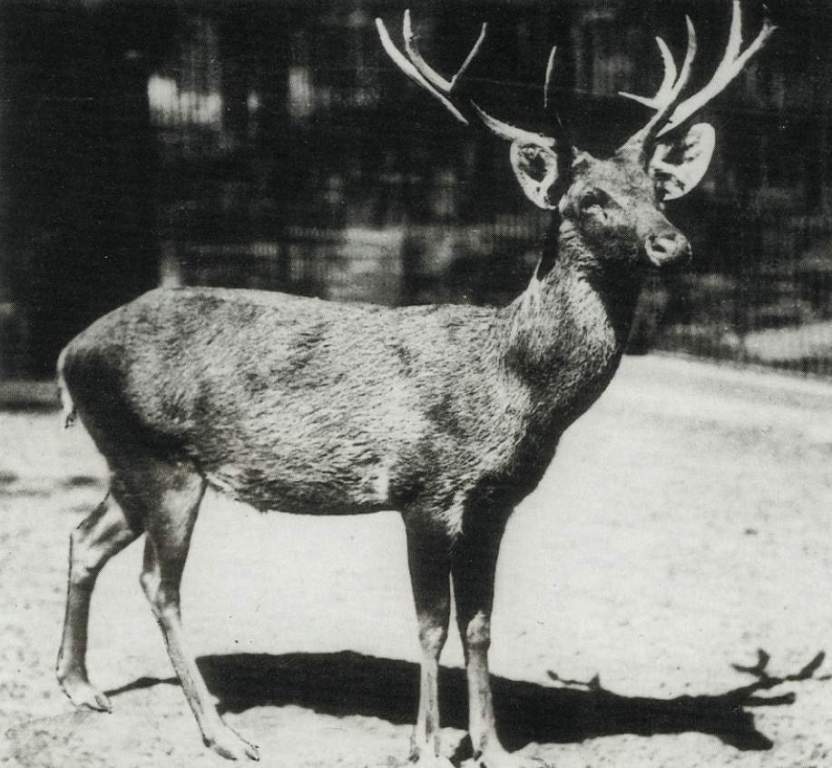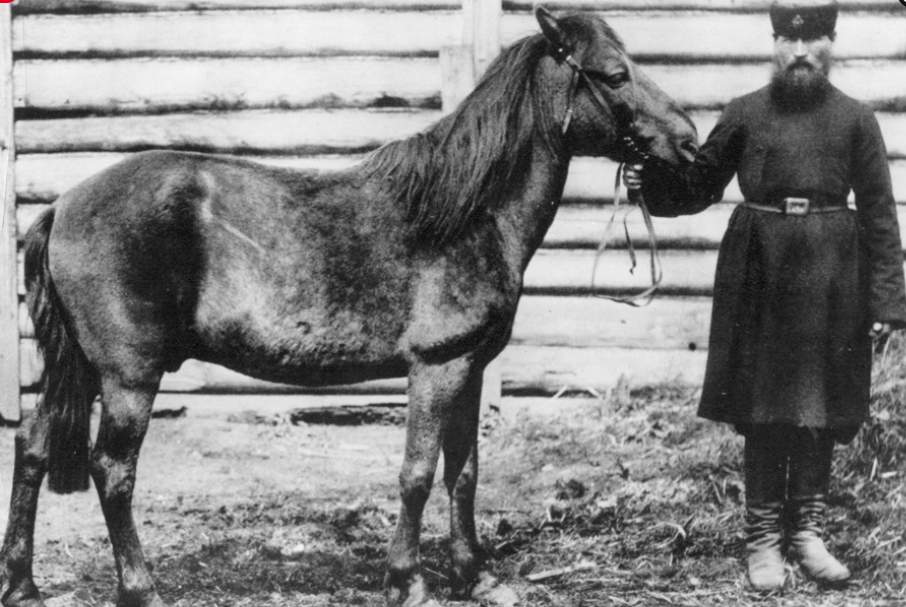Ocelot cats (Leopardus pardalis) are perfectly patterned to blend in with a world of dappled sunlight and shadows. Ocelot fur is short, sleek, and marked with solid and open-centered spots that merge into lines.
The restrained patterns of spots and chains of elongated dots on the ocelot’s coat differ so much that no two animals look alike. Where do ocelots live? Ocelot cats usually live in a broad range of tropical and subtropical habitats from southern Texas and Arizona through Central America and as far south as Argentina.
These are one of South America’s most commonly seen cats. Ocelots do most of their hunting on the ground at night, but they are occasionally active during daylight hours, especially when it is cloudy or rainy.
They are physically powerful swimmers, a not-unexpected trait for a cat that lives in places that sometimes flood for more than a few months of the year. In Brazil, scientists discovered that two radio-collared ocelots managed to swim across the swift Iguaçú River four times.
At night ocelots sometimes hunt in the open, but these cats often depend on dense cover to stalk their prey. An ocelot needs about 680 g (1.5 pounds) of food a day to sustain itself, and most of this energy is obtained by preying on diminutive copious animals such as opossums, mice, rats, and rabbits.

Ocelot Cats are also known to kill larger creatures such as pacas, capybaras, agoutis, sloths, armadillos, and even the occasional deer. The night’s hunt for ocelots involves crossing and re-crossing the range, which is intensely used.
They have two fundamental hunting strategies, a move-and-sit method, and a slow hunting walk. Thus, with the move-and-sit method, the cat selects a site where it can see the nearby area, then crouches and waits for a rabbit or an opossum to come by.
Therefore, after half an hour or so, it walks swiftly to another area, where it repeats the process of sit-and-wait. When ocelot cats use the slow hunting walk to hunt, they move constantly, watching and listening for prey as they travel slowly and silently through forest trails. In Peru, one radio-tracking study showed that bright moonlight hampers hunting.
When there is a full moon in the sky, ocelot cats avoid walking on trails and hunt only in thick brushy areas. Regardless of its perfectly camouflaged coat, it is not easy for an ocelot to creep up on a rat or a rabbit in bright moonlight unless there is plenty of vegetation to hide behind.
Like margays, ocelots are unusual in that they have only one kitten per litter, and in the wild females have a litter only every other year. Kittens begin following their mother when they are about three months old and remain dependent on her hunting skills for several more months.
Young ocelots acquire their permanent teeth when they are about eight months old; but even after they have learned to hunt on their own, they sometimes continue to use their mother’s range until they are two years old. Compared with other cats of similar size, ocelots have longer pregnancies and smaller litters.
Furthermore, ocelot kittens have the slowest growth rates of all the small cats. They do not open their eyes until they are fifteen to eighteen days old. If an ocelot female gives birth to her first litter at two and a half years old. She raises one kitten every other year until she is twelve years old. She probably gives birth to only five to seven children in a lifetime.
This is less than half the number of young a female bobcat might produce. The fact that ocelots have so few young in a lifetime makes them particularly vulnerable to hunting, deforestation, and other catastrophic events as populations are slow to recover. The hunting of ocelot cats is banned in most countries. These countries are Bolivia, Brazil, Argentina, Colombia, Uruguay, Costa Rica, French Guiana, Guatemala, Venezuela, Honduras, Mexico, Nicaragua, Panama, Paraguay, Suriname, Trinidad and Tobago, and the United States. However, hunting is regulated in Peru.
Some cats react to the smell of expensive perfumes. Knowing that trappers often use commercial scents to lure wild cats to traps, zoos have set in motion using novel odors to provide cats with something new to look into in their enclosures. They found that some of the most expensive perfumes work just as well as the nastier-smelling and more traditional scents.
Cats usually approach a scent, sniff, twirl, and rub their heads for 2 to 3 minutes. Scientists are now carrying the perfume into the jungle and sprinkling it around camera traps to encourage their subjects to have a picture taken.
Other Facts
Ocelot scientific name – Leopardus pardalis
Weight: 14.5–35 pounds (6.6–16 kg)
Head-body length: 27–39 inches (69–100 cm)
Tail length: 10–17 inches (25.5–43 cm)
Litter size: 1–4 kittens, usually 1
Status: Least Concern IUCN Red List
Read More – 5 Fun Facts About Scottish Fold Cats







